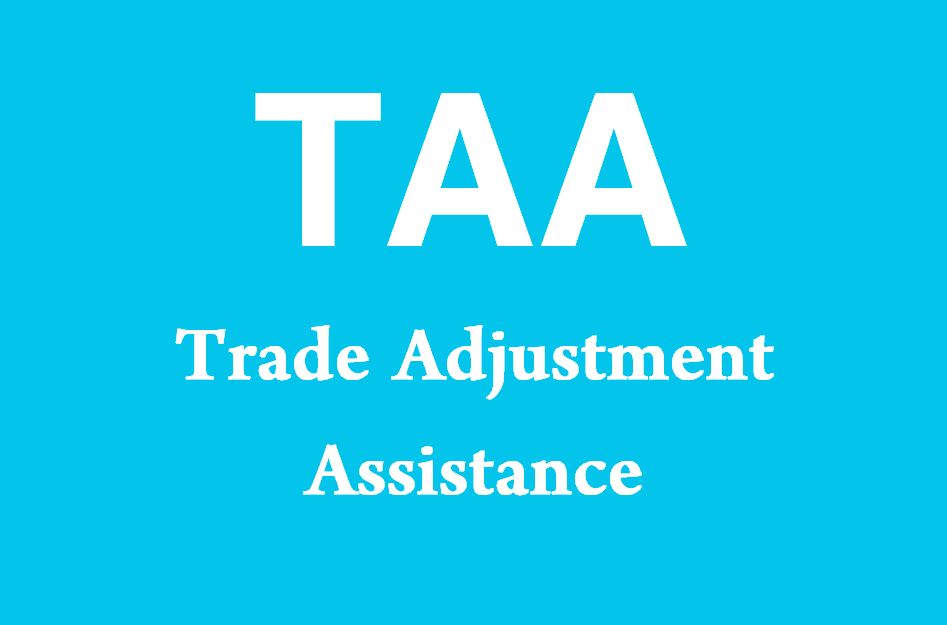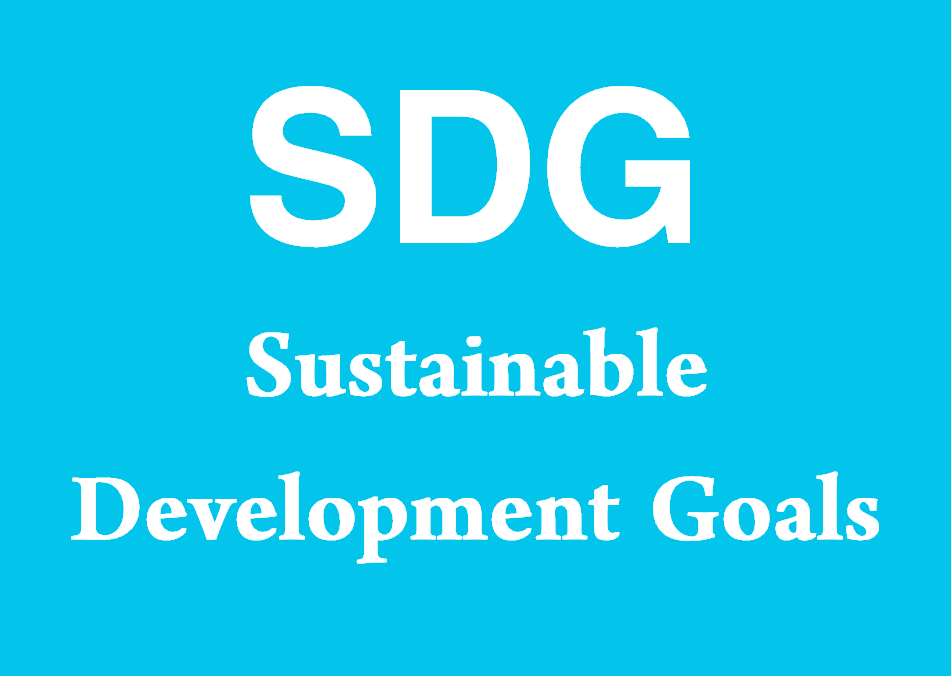What does DAC stand for?
DAC stands for Development Assistance Committee, a forum of the Organisation for Economic Co-operation and Development (OECD) that coordinates international development assistance and promotes effective aid policies and practices. Understanding the role and objectives of the Development Assistance Committee is essential for stakeholders in the field of international development, as it plays a crucial role in shaping global development agendas, strategies, and priorities.

Development Assistance Committee (DAC)
The Development Assistance Committee (DAC) is a specialized forum within the Organisation for Economic Co-operation and Development (OECD) responsible for coordinating international development assistance and promoting effective aid policies and practices. This section provides a comprehensive explanation of the DAC, including its origins, structure, functions, key principles, and contributions to global development efforts.
Origins and Historical Background
- Establishment: The DAC was established in 1960 as a response to growing concerns about the need for coordinated international assistance to support economic development in low-income countries. It was created within the framework of the OECD to facilitate dialogue, collaboration, and coordination among donor countries and multilateral organizations.
- Evolution: Over the years, the DAC has evolved to address emerging development challenges, trends, and priorities, reflecting changes in the global development landscape. It has adapted its policies and approaches to align with evolving concepts of development effectiveness, sustainability, and partnership.
Structure and Membership
- Composition: The DAC comprises 30 member countries, including major donor nations from North America, Europe, Asia, and Oceania. Member countries represent a diverse range of political, economic, and social contexts but share a common commitment to promoting sustainable development and poverty reduction.
- Secretariat: The DAC Secretariat, based at the OECD headquarters in Paris, serves as the administrative and technical support unit for the committee. It facilitates meetings, conducts research, and disseminates information on development assistance policies, practices, and trends.
Functions and Objectives
- Policy Coordination: The DAC serves as a platform for donor countries to coordinate their development assistance policies, strategies, and priorities. It facilitates dialogue and collaboration among member countries, ensuring coherence and effectiveness in aid delivery and programming.
- Normative Framework: The DAC develops and promotes international standards and guidelines for development cooperation, including principles of aid effectiveness, transparency, accountability, and results-based management. It sets norms and benchmarks to guide donor practices and promote good governance in aid delivery.
Key Principles of DAC
- Ownership: The DAC emphasizes the importance of country ownership and leadership in development processes, respecting the priorities, strategies, and capacities of partner countries. It advocates for inclusive and participatory approaches that empower local actors and institutions to drive their own development agendas.
- Alignment: The DAC promotes alignment of donor assistance with partner countries’ national development strategies, systems, and priorities. It encourages donors to harmonize their aid with recipient country systems, procedures, and institutions to enhance effectiveness and sustainability.
- Harmonization: The DAC advocates for harmonization of donor practices and procedures to minimize transaction costs, duplication, and fragmentation in aid delivery. It promotes coordination, collaboration, and information sharing among donors to maximize the impact of development assistance.
Contributions to Global Development
- Policy Dialogue: The DAC facilitates policy dialogue and knowledge sharing among member countries, multilateral organizations, civil society, and other stakeholders on key development issues, challenges, and innovations. It provides a platform for exchanging experiences, lessons learned, and best practices in development cooperation.
- Capacity Development: The DAC supports capacity development efforts in partner countries to strengthen their institutions, systems, and human resources for sustainable development. It promotes investments in education, health, governance, infrastructure, and other sectors to build resilient and inclusive societies.
Challenges and Opportunities
- Fragmentation: Despite efforts to harmonize aid practices, fragmentation remains a challenge in development cooperation, with multiple donors operating independently and pursuing their own priorities and agendas. The DAC continues to promote coordination and coherence among donors to address this issue.
- Emerging Issues: The DAC faces new and emerging challenges in the field of development, including climate change, global health pandemics, humanitarian crises, and digital transformation. It seeks to adapt its policies and approaches to address these complex and interconnected challenges effectively.
Notes to Importers
As importers engage in international trade and business activities, understanding the role and functions of the Development Assistance Committee (DAC) is essential for navigating the complexities of development cooperation and aid policies. This section provides detailed notes for importers regarding their interactions with DAC member countries and considerations for incorporating development assistance into their business strategies.
Engagement with DAC Member Countries
- Market Access Opportunities: Importers should explore market access opportunities in DAC member countries, taking advantage of development projects, initiatives, and procurement opportunities supported by development assistance funds. DAC member countries often prioritize procurement from local and international suppliers for their development projects.
- Compliance with Aid Policies: Importers should familiarize themselves with the aid policies, guidelines, and procurement procedures of DAC member countries when bidding for contracts or supplying goods and services for development projects. Compliance with donor requirements is essential for eligibility and successful participation in aid-funded projects.
Sustainable Business Practices
- Corporate Social Responsibility: Importers can demonstrate corporate social responsibility by aligning their business practices with sustainable development goals and principles promoted by the DAC. They can integrate social, environmental, and governance considerations into their supply chain management and business operations.
- Partnerships and Collaboration: Importers can explore partnerships and collaboration opportunities with development agencies, non-governmental organizations (NGOs), and civil society organizations engaged in development projects supported by DAC member countries. Collaboration can enhance impact, leverage resources, and foster innovation in addressing development challenges.
Risk Management and Due Diligence
- Risk Assessment: Importers should conduct risk assessments to identify potential risks and challenges associated with engaging in development projects or supplying goods and services to DAC member countries. Risks may include political instability, corruption, compliance issues, and reputational risks.
- Due Diligence: Importers should conduct due diligence on business partners, suppliers, and subcontractors involved in development projects to ensure compliance with legal, ethical, and regulatory requirements. Due diligence measures may include background checks, supplier audits, and risk assessments.
Sample Sentences
1. “The importer secured a contract to supply medical equipment for a development project funded by DAC member countries, contributing to the improvement of healthcare infrastructure in the recipient country.”
- Meaning: In this sentence, DAC stands for Development Assistance Committee, indicating the committee comprising member countries that funded the development project for which the importer secured a contract to supply medical equipment.
2. “Customs authorities waived import duties and taxes on goods destined for a humanitarian aid shipment to a DAC member country affected by a natural disaster, facilitating timely delivery of relief supplies.”
- Meaning: Here, DAC signifies the member country affected by a natural disaster and receiving humanitarian aid shipments with waived import duties and taxes, highlighting the role of DAC in facilitating humanitarian assistance and disaster relief efforts.
3. “The importer collaborated with local NGOs and community-based organizations to implement a social responsibility project funded by DAC development assistance, promoting sustainable livelihoods and economic empowerment.”
- Meaning: This sentence illustrates the importer’s collaboration with local organizations to implement a social responsibility project funded by DAC development assistance, demonstrating the integration of development principles into corporate social responsibility initiatives.
4. “The government announced a partnership with DAC member countries to support the expansion of renewable energy infrastructure through a joint investment fund, fostering sustainable development and climate resilience.”
- Meaning: In this context, DAC represents the member countries partnering with the government to support the expansion of renewable energy infrastructure through a joint investment fund, emphasizing the role of DAC in promoting sustainable development and climate action.
5. “The importer conducted due diligence on potential suppliers to ensure compliance with anti-corruption regulations and ethical standards required for participation in DAC-funded projects, mitigating risks and safeguarding reputation.”
- Meaning: Here, DAC-funded projects refer to development projects funded by DAC member countries, for which the importer conducted due diligence on suppliers to ensure compliance with anti-corruption regulations and ethical standards, mitigating risks associated with engaging in development assistance activities.
Other Meanings of DAC
| Acronym | Expanded Form | Meaning |
|---|---|---|
| DAC | Digital-to-Analog Converter | Electronic device or circuit that converts digital signals into analog signals for transmission or processing, commonly used in audio, video, and telecommunications systems. |
| DAC | District Advisory Council | Representative body or council established at the district level to advise local governments on issues related to governance, development, and community affairs. |
| DAC | Dynamic Access Control | Access control mechanism in computer systems and networks that dynamically enforces security policies based on user attributes, resource attributes, and contextual factors. |
| DAC | Digital Avionics Computer | Computer system or processor used in avionics and aircraft systems for controlling navigation, communication, flight management, and other critical functions. |
| DAC | Drug and Alcohol Counseling | Counseling and support services provided to individuals struggling with substance abuse or addiction issues, addressing physical, psychological, and social aspects of recovery. |
| DAC | Dual-Axis Controller | Control system or device used in robotics and automation for regulating movements and operations along two axes or dimensions, enabling precise positioning and control. |
| DAC | Display Audio Controller | Electronic device or interface used to control audio playback and settings on display screens or multimedia systems, commonly found in vehicles and entertainment systems. |
| DAC | Designated Aviation Channel | Reserved communication channel or frequency allocated for aviation purposes, including air traffic control, navigation, and communication between aircraft and ground stations. |
| DAC | Defense Acquisition Council | Government body or committee responsible for overseeing defense acquisition policies, procurement decisions, and military modernization programs in a country or jurisdiction. |
| DAC | Disaster Assistance Center | Centralized facility or organization established to coordinate disaster response and recovery efforts, providing information, resources, and support to affected communities. |
| DAC | Data Access Control | Mechanism or system for controlling access to data resources and information assets based on user credentials, permissions, and security policies, ensuring data confidentiality. |
| DAC | Digital Arts and Culture | Academic field or interdisciplinary study focusing on the intersection of digital technologies, arts, humanities, and cultural practices, exploring digital media and creative expression. |
| DAC | Dissolved Air Flotation | Water treatment process that removes suspended solids, oils, and contaminants from wastewater by introducing air bubbles and forming a froth layer for flotation and separation. |
| DAC | Digital Art and Design | Creative practice and discipline involving the use of digital technologies, software tools, and multimedia platforms for artistic expression, design innovation, and visual storytelling. |
| DAC | Drift Angle Compensator | Navigation system or device used in maritime and aviation applications to compensate for drift caused by wind, currents, or external forces, ensuring accurate course keeping and navigation. |
| DAC | Data Acquisition Card | Computer hardware device or interface used to acquire, digitize, and process analog signals or sensor data from external sources, enabling measurement, monitoring, and analysis. |
| DAC | Digital Audio Converter | Device or component that converts digital audio signals from one format to another, such as from compressed to uncompressed or from one sampling rate to another, for playback or recording. |
| DAC | Digital Automatic Computer | Early computer system or architecture characterized by the use of digital electronic components and automatic execution of instructions, pioneering advances in computing technology. |
| DAC | Disk Array Controller | Storage controller or subsystem used in RAID (Redundant Array of Independent Disks) systems to manage multiple disk drives, data redundancy, and data striping for fault tolerance. |






